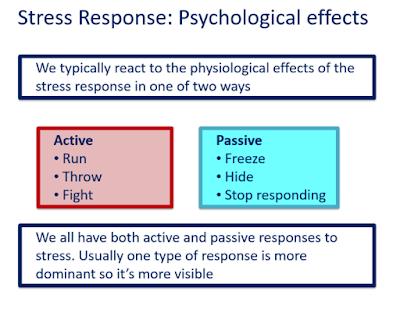Understanding Behaviour Responding Safely
Module 3~
Responding Safely
‘Me he whakawhiti o te rā.’
‘Personify that of the sun. That which removes adversity, brings calm
and provides light.’
- Whatever goes bad, it will pass and things will get better.
This can be a process that we need to follow and be supportive to help children return to the Ready to Learn phase.
Kathleen shared about a student who seems to be ready to learn but escalates in an instant. These strategies don't seem to support him. It could be that he is actually out of sorts. The kids who show these extreme behaviours will need alternative intervention.
Mahi mo te kainga- Our work from home
We had these questions to ponder throughout the week and then had a brief share in pairs.
What have you been able to control in yourself this week? has this been easy to do?
Positive reinforcement and an increase in this. Being more descriptive about the behaviours being shown. Loads and loads of positives.
Think of a positive example of this example of this and the impact that this has had on your teaching or a specific person?
General vibe within the class is quite settled. One student was all over the place and the first chance available, I was able to throw a positive in. He lapped it up and was able to remain more focused and motivated for a longer period of time.
Reflect on an example, where you can be honest, and think about a time this week that was not so successful and why.
There was an afternoon where boys seemed to not be doing much very quickly and I felt that I was repeating myself. Tried the positives and there seemed to be no affect. Praised other children with no effect on the group. Got students on the mat and spoke about how if I am waiting, time would need to be made up and taken off their golden time.
Thought/ponder? How do we ensure that we are teaching children and support them to be able to be at the same level...I struggle to visualise this when considering the level of needs of some of our learners.
Need to give kids opportunities to explore and experience social behaviours.
Escalation Scale
Reflection: I think we were all coming into this training expecting something quite different to what we got. It was good having the whole staff being there and some good back to basics type stuff. At the time, some of our more explosive behaviours are what we need support with however it feels like a struggle to get much of this.













































